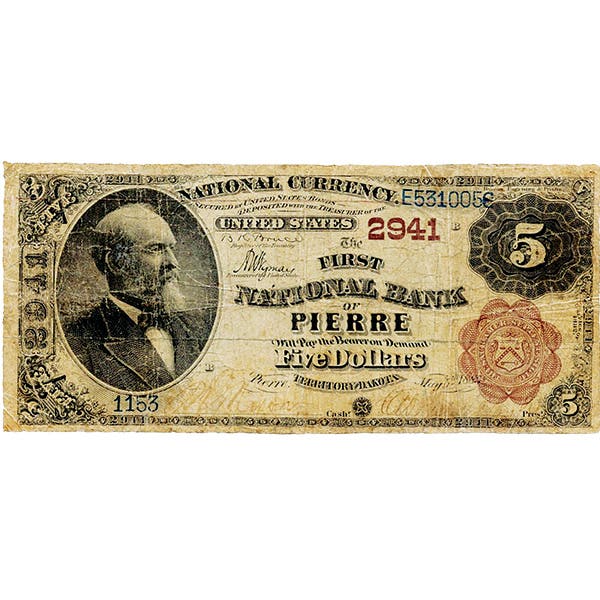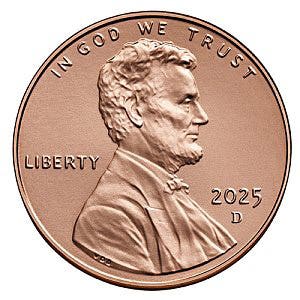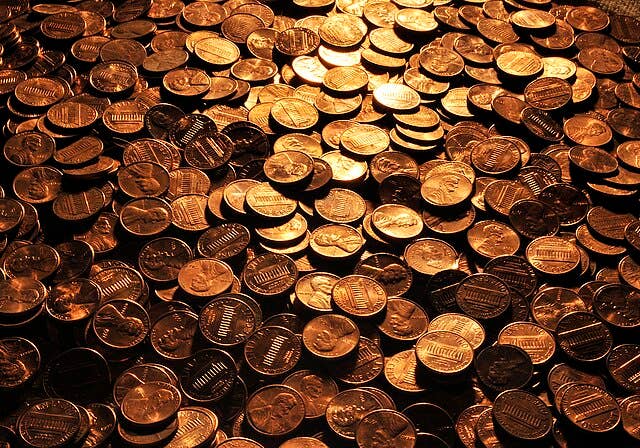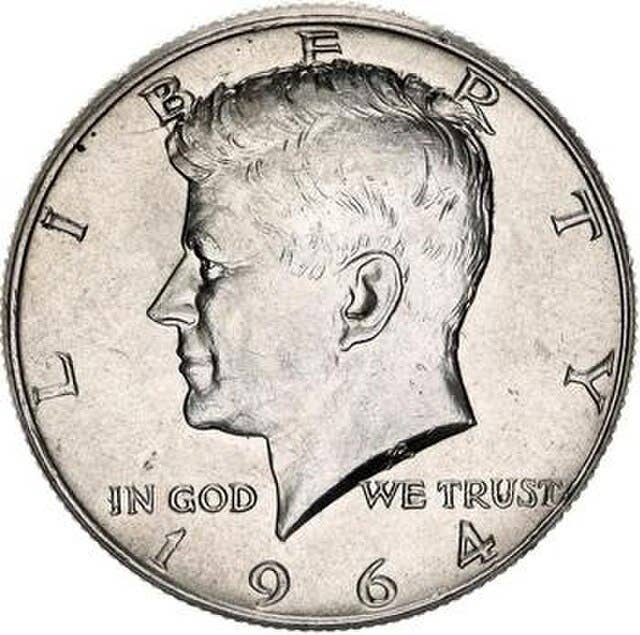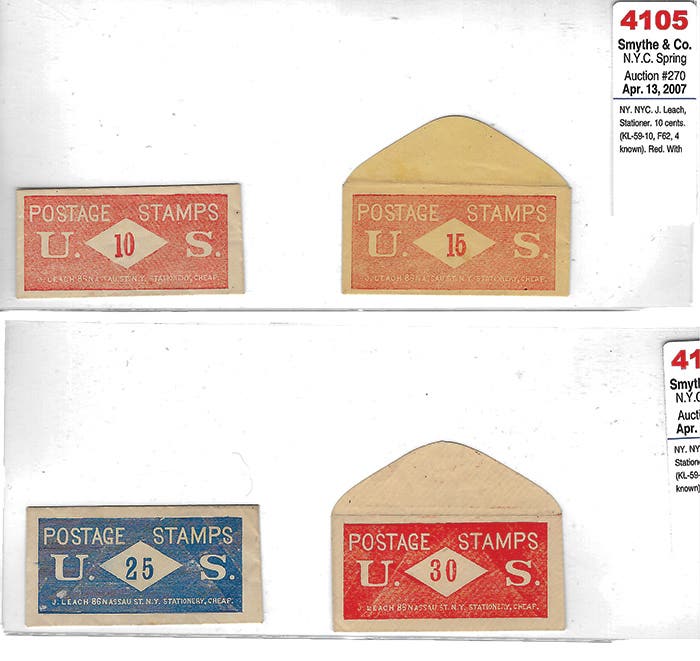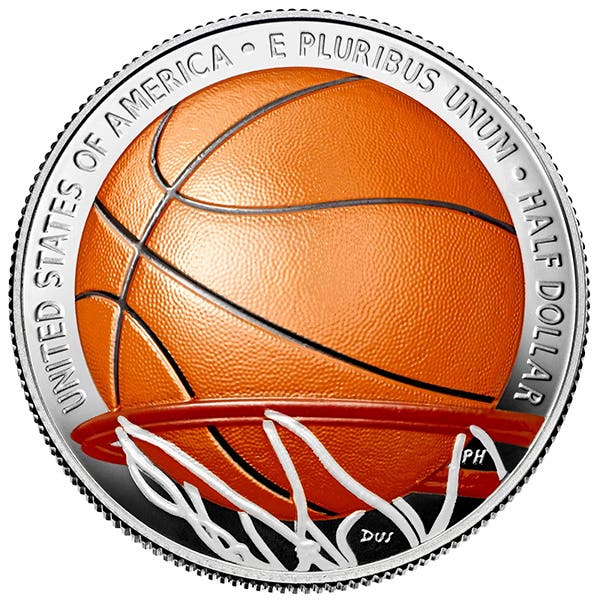Letters to the Editor (4/21/2015)
High proof set price slows purchases for young son I recently decided to start collecting U.S. proof sets for my son who was born in 2012. I purchased a 2014…
High proof set price slows purchases for young son
I recently decided to start collecting U.S. proof sets for my son who was born in 2012. I purchased a 2014 set from the Mint, but still needed the 2012 and 2013 sets.
I called a local coin shop to ask if they had them available. I was told they had them and was quoted prices of $105 for the 2012 set and $36.95 for the 2013 set.
When I asked why the 2012 set was so expensive I was told it was because the 2012 set had a very low mintage.
I went and purchased the 2013 set, but decided to wait on the 2012 set. When I check the actual mintages I found both sets had low mintages, which were similar.
The mintage of the 2013 set was only about 8,000 more than the 2012 set.
Since they have similar mintages, it seems to me the 2013 set is a very good buy at the current price, but I don’t understand the reason for the large price difference between the two sets.
Can anyone explain the large price difference between these two sets?
David Hansen
Ashville, N.C.
Editor’s note: When the Mint ended sales of the 2012 set it caught the hobby by surprise. Dealers did not have the chance to top up their inventories as they usually do. The price popped higher as a result.
Research starts after lot purchased in online sale
I just won an eBay auction for five Colonial coins. They are listed in Whitman’s Red Book as Georgius III Group 1 and are dated 1771, 1774 and 1772. The Red Book heading is “Georgivs/Britannia ‘Machin’s Mills’ Copper Halfpennies Made in America.” (The other two appear to be British coins and are not listed in the Red Book)
The auction listing says they are from the Shaftsbury, Vt, hoard and that these pieces have been selling in various lots since 1997. When I tried to research the Shaftsbury hoard, all I found was listings for other coins, but I did see a listing of “imitation” coppers from the same hoard. Do any of your experts have any history of this hoard and is there any way to tell if these are genuine or imitations?
(I know I should have researched first, but I honestly didn’t think I’d win the auction, which also leads me to be suspicious whether they are genuine or not) Any help from readers would be a great help
Daryl Conley
Truth or Consequences, N.M.
First 2015-D cent spotted by Tennessee readers
After weeks of observation, I finally today, March 27, discovered a shiny new 2015-D Lincoln cent in change at a restaurant in a Memphis, Tenn., suburb. This cent is the first of any 2015-dated coinage I have seen around here. Seems this is about as late as I can ever remember finding a circulation piece for a new year.
Also, something that is hard to find in rolls or in change is any 2009 dated Lincoln. I don’t know that I have ever yet seen a single circulating 2009 dime or nickel.
David Smith
Tennessee
‘Dirty old foreign coin’ really a Liberty Head nickel
As usual, while patronizing my local supermarket, I checked the return chutes and area of the store’s two Coinstar counting machines. On March 1, I rescued an 1892 Liberty V nickel from a customer who was about to throw away the “dirty old foreign coin.” Other than being blackened with dirt (or possibly burned), the coin appeared to be in very good condition. As of that date, the Liberty nickel was the oldest 5-cent piece I received from the Coinstars I’ve visited.
But wait! There’s more!
During the course of the month of March, I retrieved other coins, which included several “Wheaties.” Among the Wheat-back cents were three steel cents (two 1943s and one 1943-D). All three were gray with age and had no rust, being fine in condition.
And now – the rest of the story.
The record of having the 1892 Liberty nickel found in a Coinstar was broken on March 27. Not only do I check the return chutes of the store’s Coinstar machines, but I also check around the area as well. In a nearby wastepaper bucket, I saw a coin at the bottom. It had a “5” surrounded by a circle of stars. My heart skipped a few beats, as I recognized it to be a Shield nickel.
I turned the pitted coin over and read the date; 1867. This now is the oldest 5-cent piece I’ve retrieved from any Coinstar. Lightning (finding old coins) has struck twice in the same place this March.
To those of you who say, “I never find anything in the Coinstars I search,” don’t give it up, tomorrow is always another day. Sooner or later, you’ll get struck by the lightning of retrieving something.
Bill Tuttle,
Cleveland, Ohio
Steel cent makes trip to grocery store worthwhile
Recently, my wife and I visited a local supermarket. Grocery shopping with her is something I try to avoid, as she likes to visit with the store associates and regular customers so these shopping excursions can run into hours. This time while she visited with the meat cutter, I spied a Coinstar machine in the corner and decided to check it out. As I approached it, I saw what appeared to be a dull silvery object sitting on top of the slide that coins are fed into. It tuned out to be a 1943 zinc- coated steel wartime cent.
The value of this little treasure is very small, but it was the first time I ever saw anything unusual in a Coinstar machine. The owner may have poured some old coins into it, and figured it kicked out this “slug.” Maybe it was part of a group of coins that were found in an old coffee can after a grandparent passed away. After all, we’ve had two generations who (unless they are coin collectors) know nothing about steel cents, wartime nickels, or even silver coins.
I could only wonder what other more valuable coins may have gone down that chute. Maybe a 1909-S VDB?
Bob Klippstein
Greensboro N.C.
Collectors can’t control coins that are issued
It appears that the controversy du jour is whether the coins of the United States are attractive, or not attractive. People are losing sight of the fact that coins are intended to be used in commerce. They are spent. The government could make coins that looked like play money, but as long as everyone agreed that a quarter was a quarter and a dime was a dime, what difference would it make? Collectors have to collect what’s out there, not bemoan the fact that it is not to their liking. In addition to collecting coins, I also collect elephant figurines. If I see an elephant figurine but I don’t like the color, I can either add it to my collection, or not, but complaining about the color is not going to get me anywhere. I don’t know what percentage of the population is coin collectors, but if I had to guess, I would say no more than 10 percent. Should the government cater to the whims of the minority when the average person in this country just cares about laying down his coins on the counter and walking out with his beef jerky and soda?
Just because we collect coins from the past does not mean that we have to live in the past. It’s 2015, people, not 1815. These days it’s almost embarrassing to be a coin collector. One recent letter writer stated that we can’t discontinue the cent because it would destroy the worth of collections. Of all the reasons people have given for maintaining the cent, this is the weakest. Never mind that it is worthless, never mind that it is a money loser, never mind that no one would suffer irreparable harm from discontinuing it, never mind that billions of cents never circulate. No, we have to maintain the cent so as to not destroy the worth of someone’s collection. Do you think the average person in this country cares about destroying the worth of someone’s coin collection? I’m not even sure how the worth would be destroyed. Over the years we have discontinued the half cent, the disme, the 20-cent piece, and the Anthony dollar, all rightfully so, because they were no longer needed or wanted. Someone who was collecting them had their collection disrupted, but they were still left with a valuable set.
Peter Glassman
Schaumburg, Ill.
Value of used cent blank?
I get pennies by the bag from my bank, have been for a few years. On my last trip, came across a cent that was blank. Had marks of being used. Does it have any value?
J.R. Hayward
Ketchikan, Alaska
Editor’s Note: A cent blank is worth $2 or so unless the marks are considered damaged. That would make it worth less.
Searching circulation coins still fun
It has been rewarding to see a few letters in the Numismatic News recently extolling the values of circulation finds and hunting for these gems on an everyday basis. The value of doing so with our children and our grandchildren as a way of bringing new collectors into our hobby is incalculable. Sometimes it is simply our own quest for new challenges that lead us to this very cost effective way of building an interesting collection in which we can take great pride when it is finished.
There are three very modern and very short sets that I want to point out to all the readers as having exceptional merit in pursuing from pocket change. All of these have been minted within the past 11 years, all were minted in quantities of millions and millions for each of the pieces required to make each set, and all were greeted with great fanfare and celebration when introduced to the public. Yet to collect complete date and mint sets of any of these three series from pocket change is almost impossible.
Pocket change. I’m referring here to going out and actually spending money and getting change in return. I’m not talking about going to the bank to buy bags of coins and spending hours searching through these to find one or two examples of any of these coins. Of course if that what floats your boat then be my guest and I still feel you won’t be able to collect all of these coins in any reasonable time.
These are no ordinary sets that you can assemble easily or even with some astute and persistent spending and change watching. These three sets are all nasty as a rattlesnake, snarly as an alligator, as stubborn as a hitched team of mules, and even impossible to find in circulation. Think I’m nuts? Well get in line right behind my wife. Let’s dive into the sets:
First – the 2004 and 2005 Jefferson Nickel Lewis and Clark (Westward Ho!) commemoratives. This 8 coin set was produced in massive quantities during a period of relative prosperity for our nation. There was no mintage numbers downturn for these puppies. But I dare anyone to collect a set of these from circulation in ANY condition within one year’s time. 8 total coins, 4 reverse designs, and 2 mints. What could be simpler? Where are all 3 billion of these circulation strikes hiding? Has it all been shipped to Bermuda or Panama or some other country that also uses our currency on an equal basis?
Second – the 2009 Lincoln cent four commemorative reverses. Like the Jefferson nickel set above a total of 8 coins. Yes the mintages for 2009 as a whole are down a bit from the previous few years but a total of about 3.3 billion cents were produced in 2009 which means every man woman and child in the country should be able to have ten of these coins. Yet I challenge you to find any ONE of these in circulation in the next 6 months. I find a lot of cents dated 1961, 1973, 1977, and 2008 in my change on a regular basis but never any dated 2009. Happy hunting!
Third – The 2009 DC and Territories quarters. Oh my goodness boys and girls! Talk about a snarly and mean set to attempt to collect from circulation! The DC quarter is reasonably easy (yeah right – just messing with you here) to find, the Puerto Rico piece shows up now and then but the other four – forget it! Sure the entire mintage for this 12 coins set is 636 million but at least the quarter does circulate regularly. You’ve got a better chance of winning the Megabucks than completing this set from circulation. Good luck!
So there we are. How does all this tie in with building interest in the younger generation for collecting coins? Well most young folks like a good challenge and like a good treasure hunt. Often that interest finds an outlet in online computer games and the like in our modern wired / wireless world. Well here is one way we can bridge the gap – at least a little bit – across the generations. Go out and buy some modern folders for these coins and start a couple of collections on your own. Enlist your children and your grandchildren in finding the needed coins with you. Enlist your relatives and their children in helping you fill the holes. Need more of a challenge? Don’t put any coin you find into the album hole unless it grades at least XF or better and has no scratches or scuffs or other “dog marks” on it.
Best of all is that the most money you will have invested in the whole operation is the cost of the album.
You’ll never finish any of these sets from circulation hunting but at least you’ll have the satisfaction of knowing there are still modern circulated coins that are a true challenge to find from circulation. Give it your best shot and enjoy some time sharing the hobby with others.
James Evans
Leominster, Mass.




